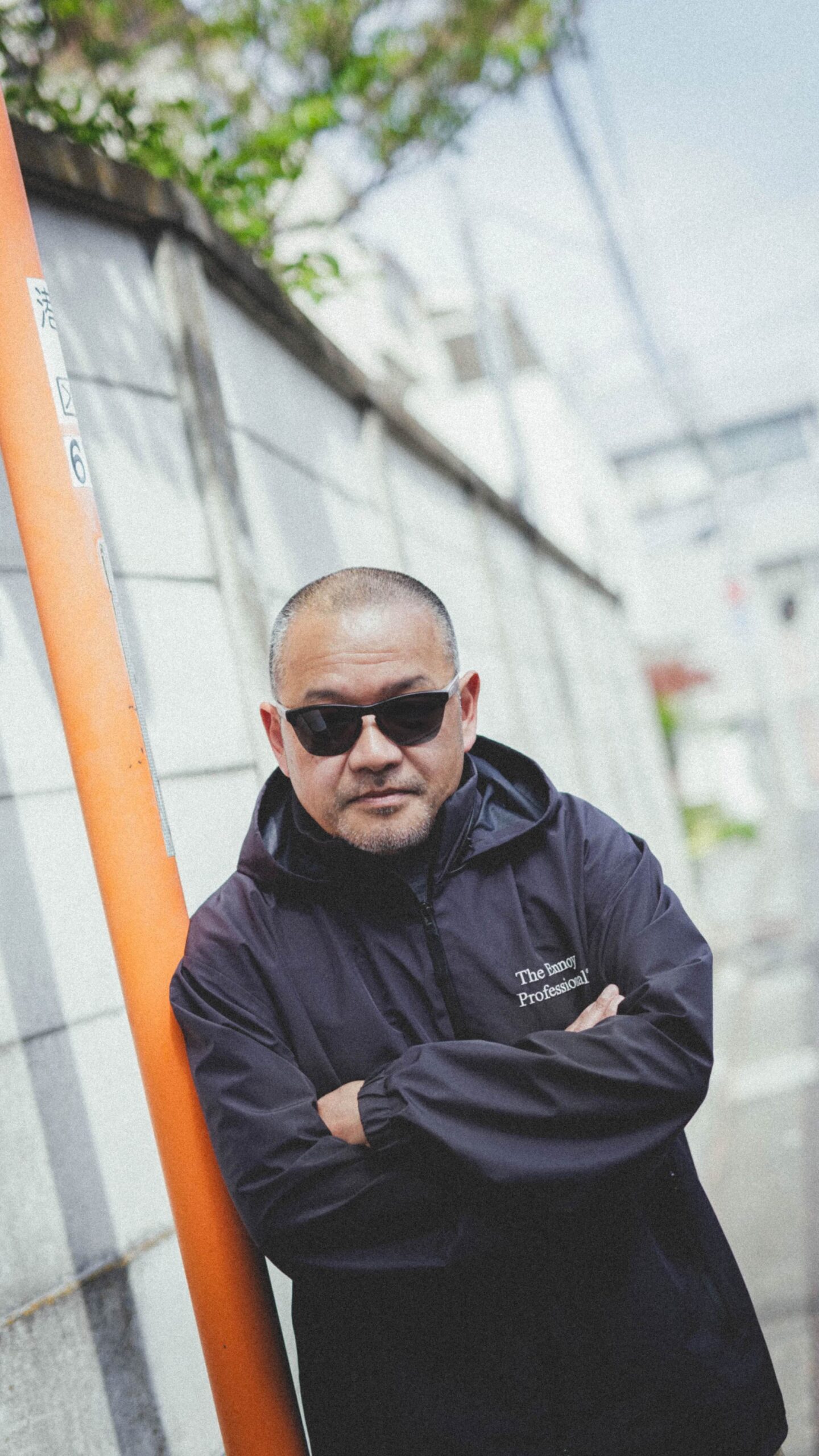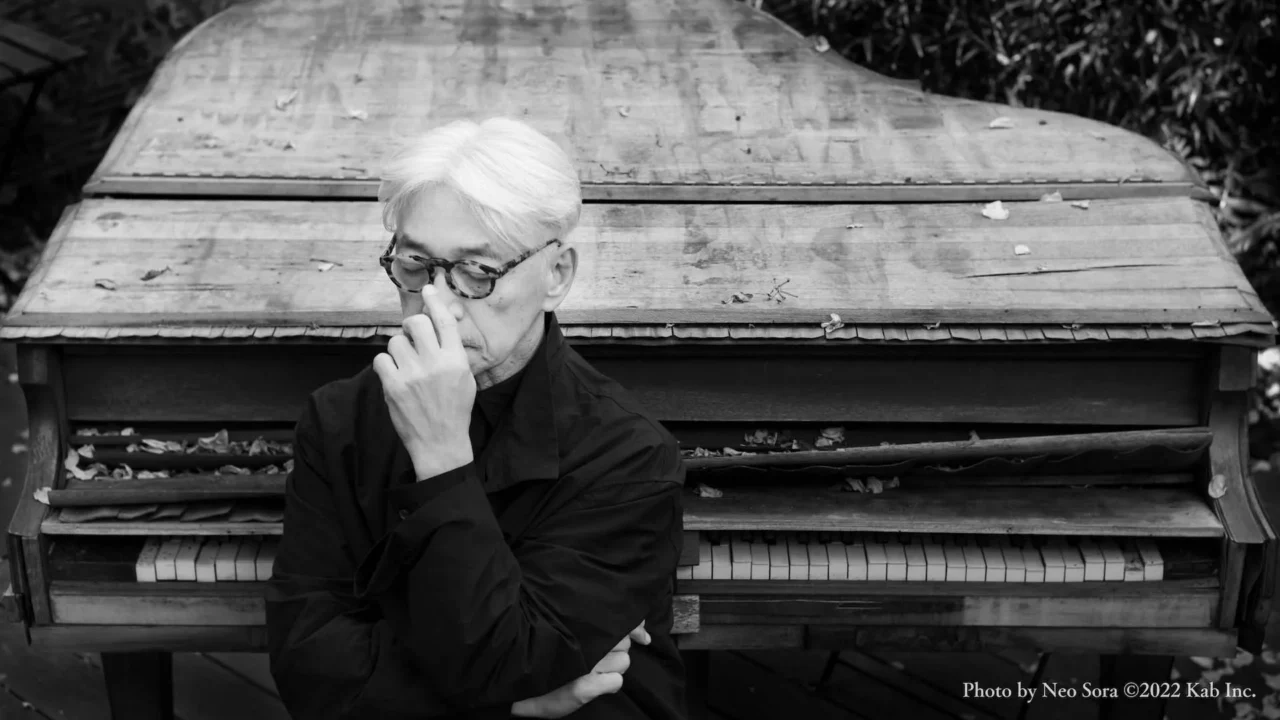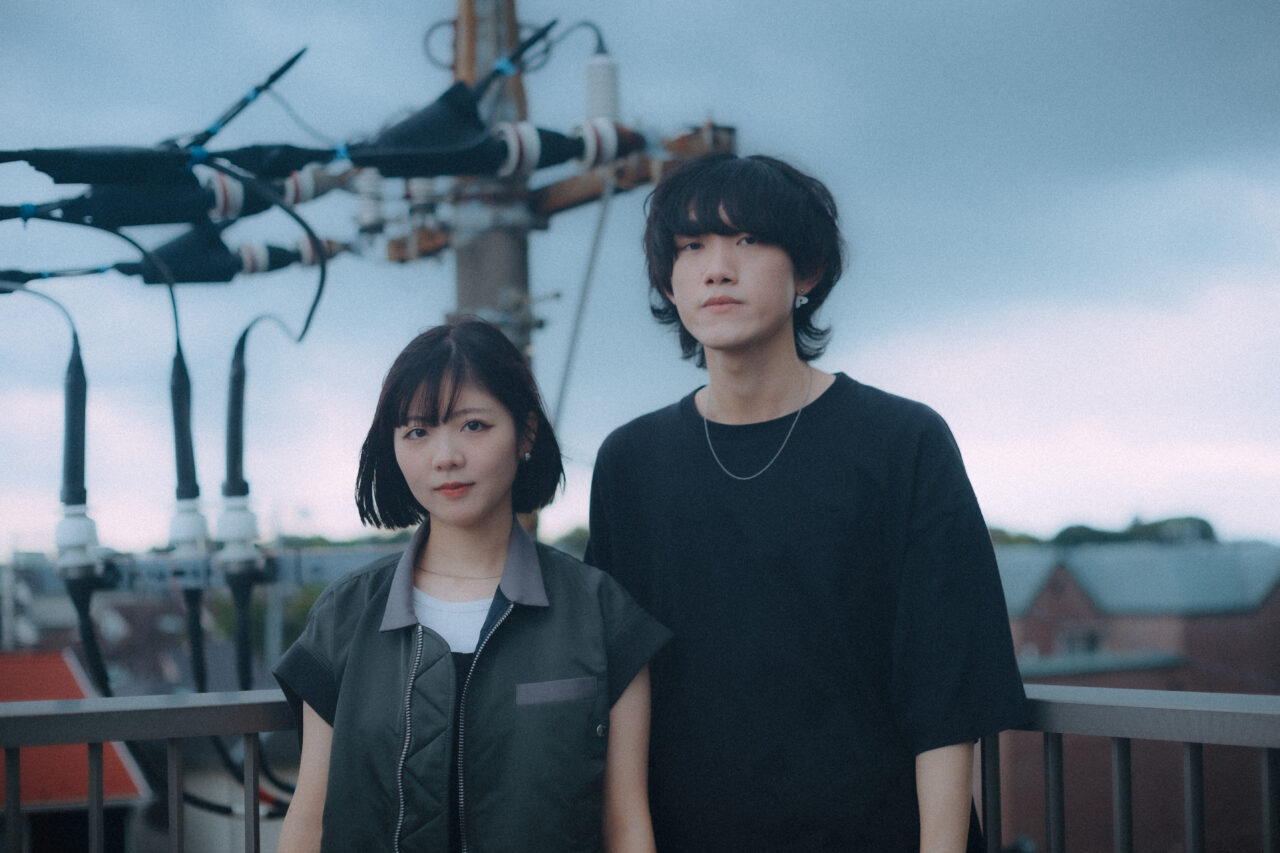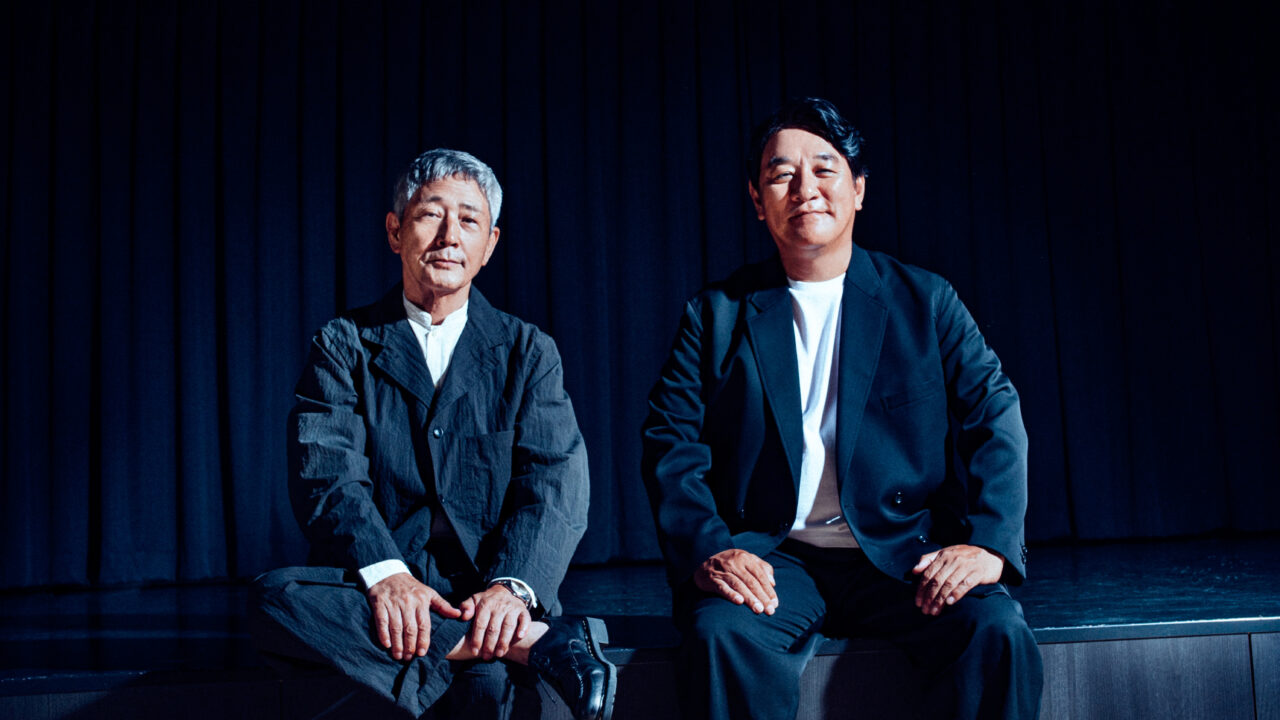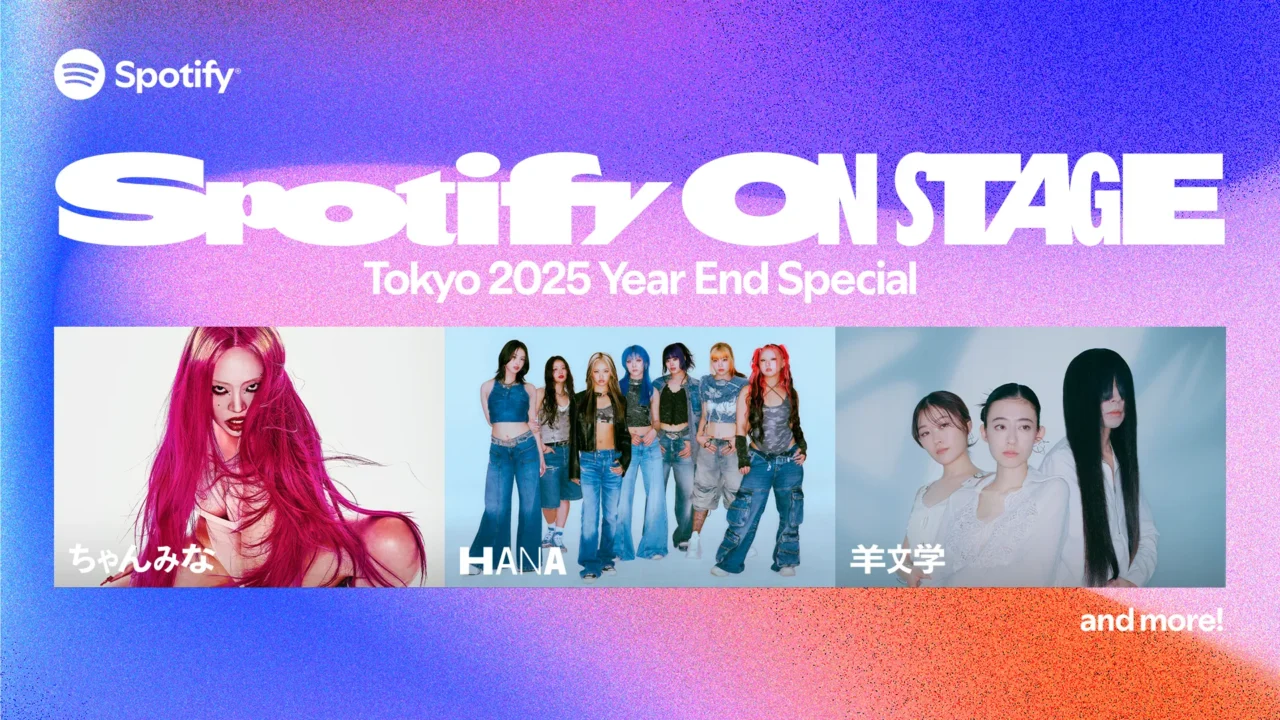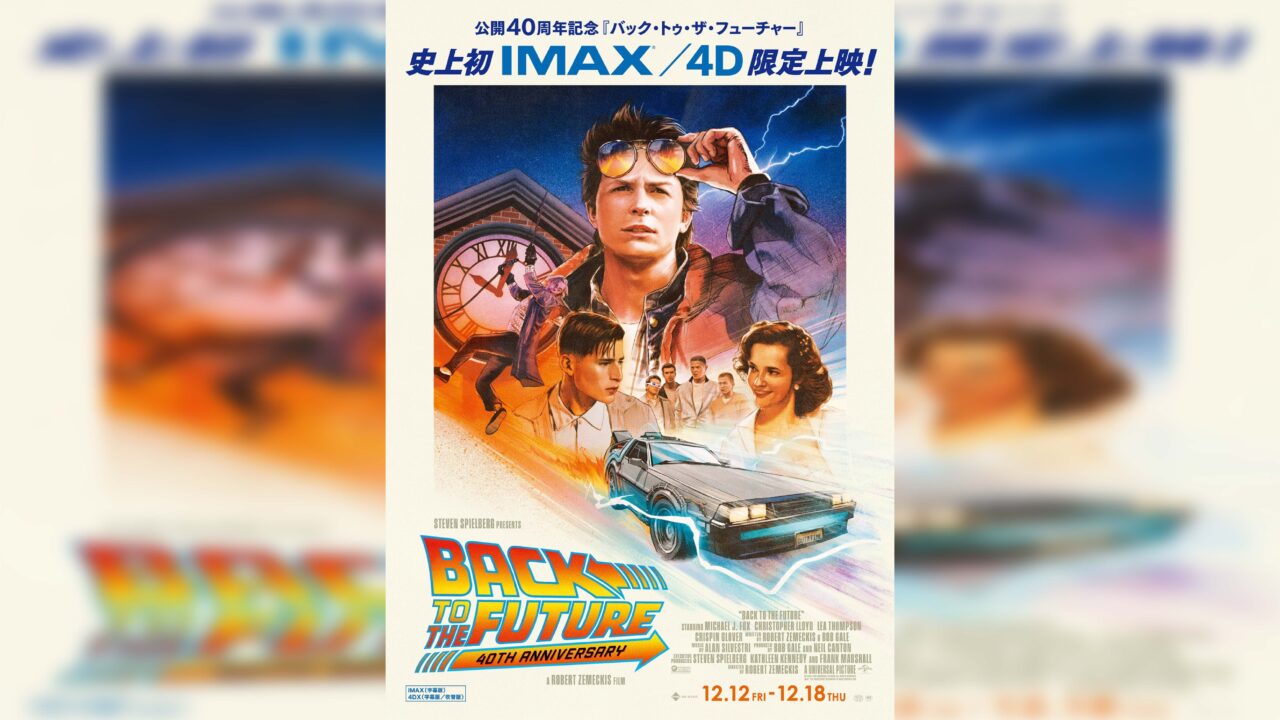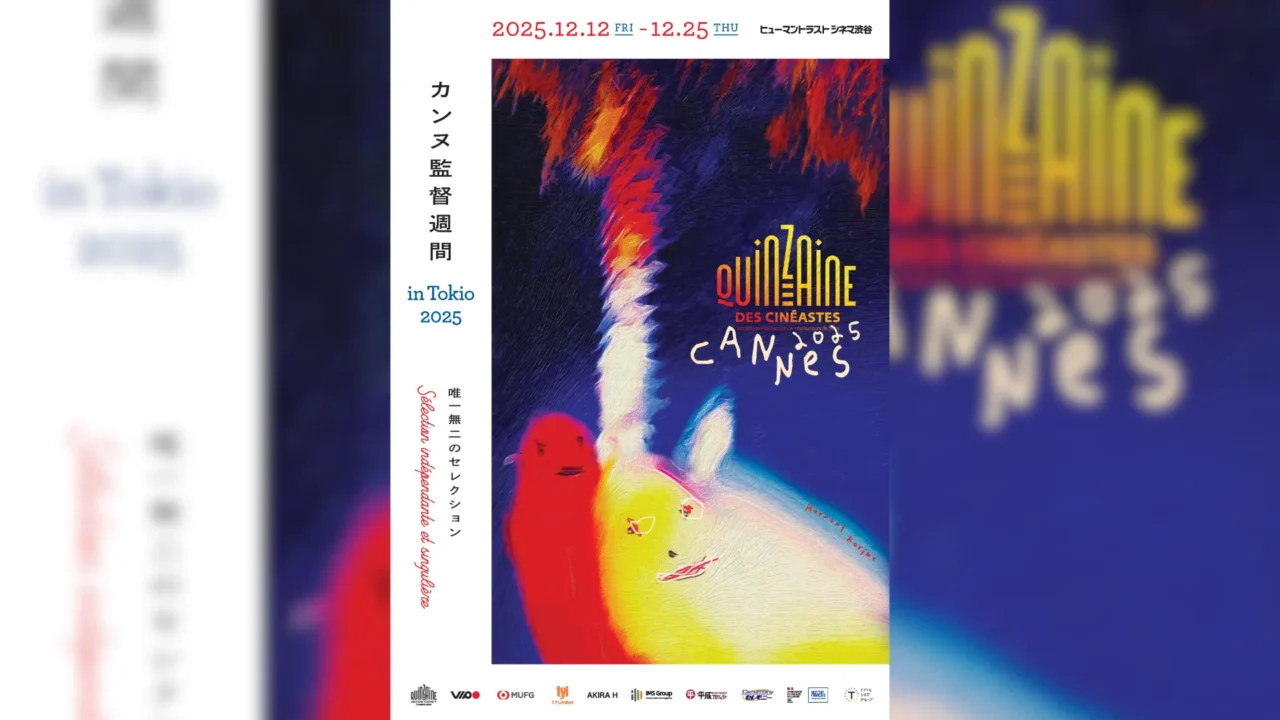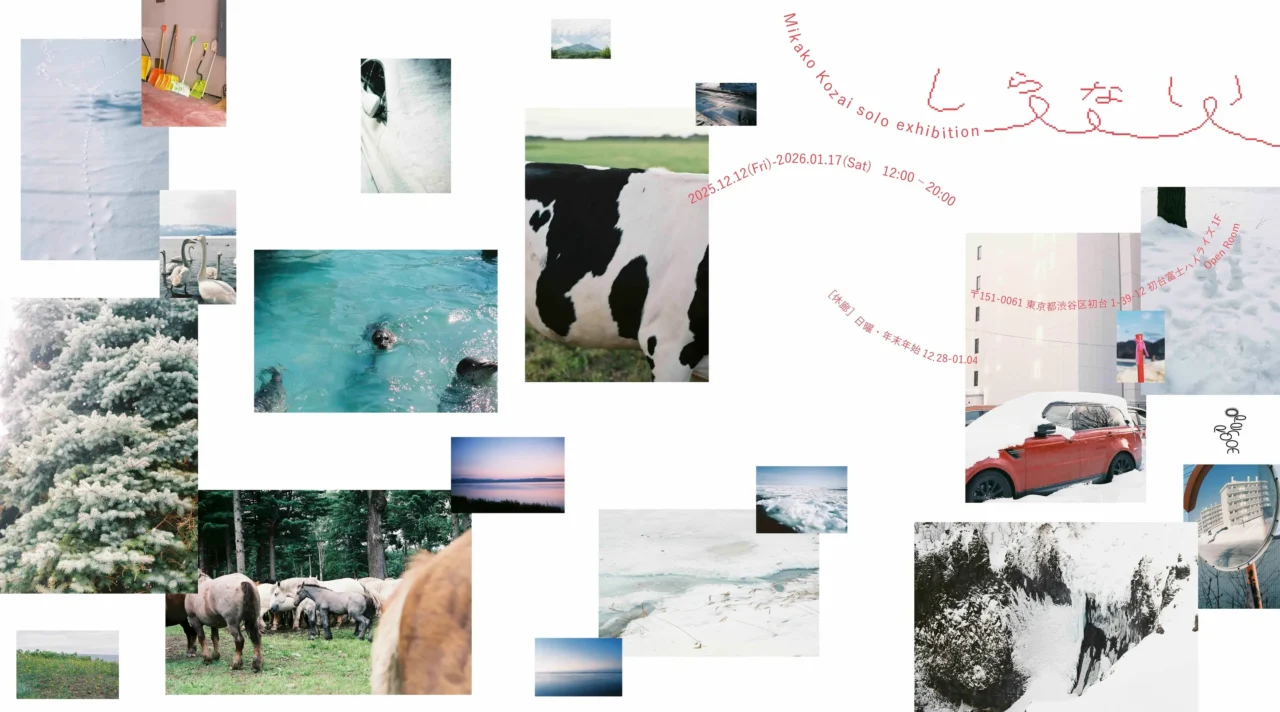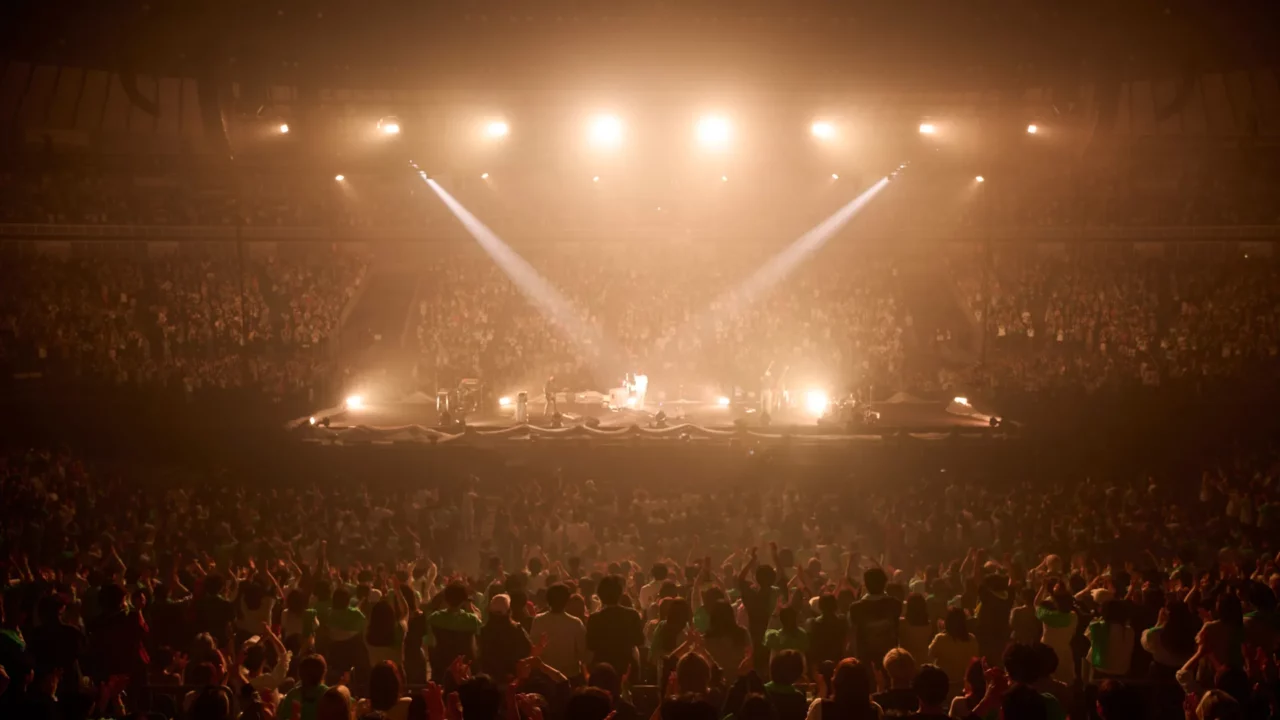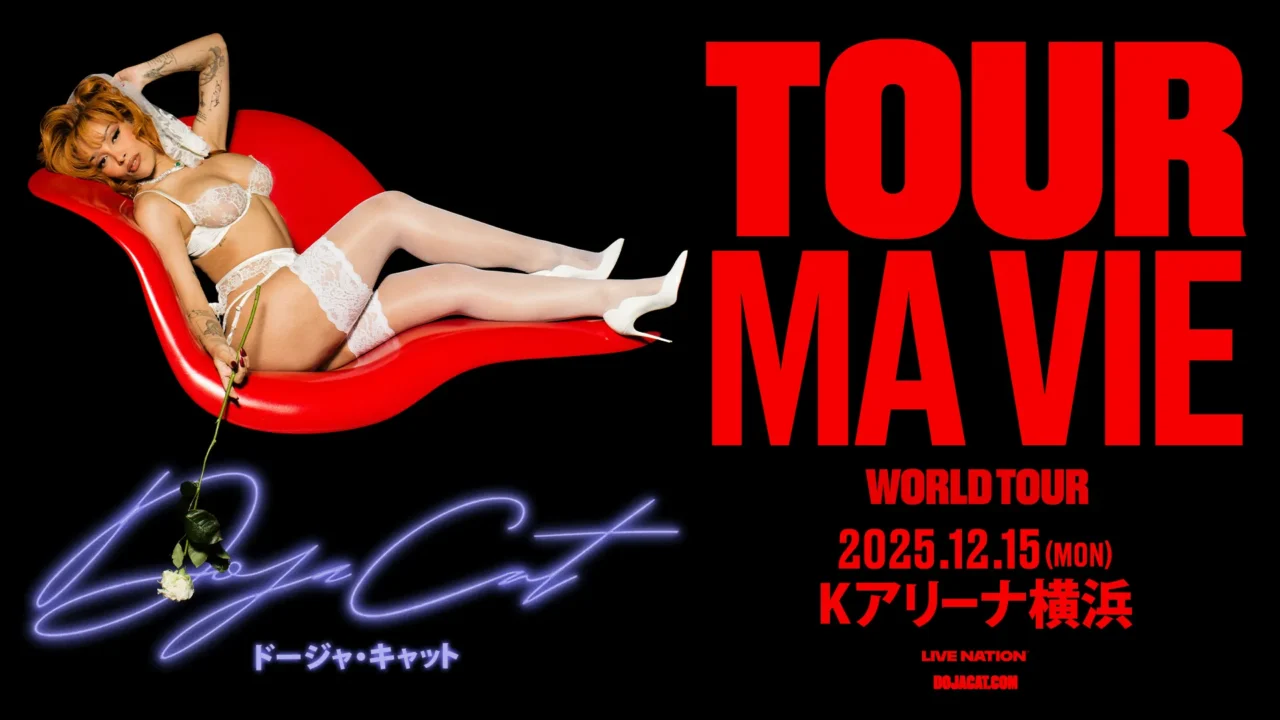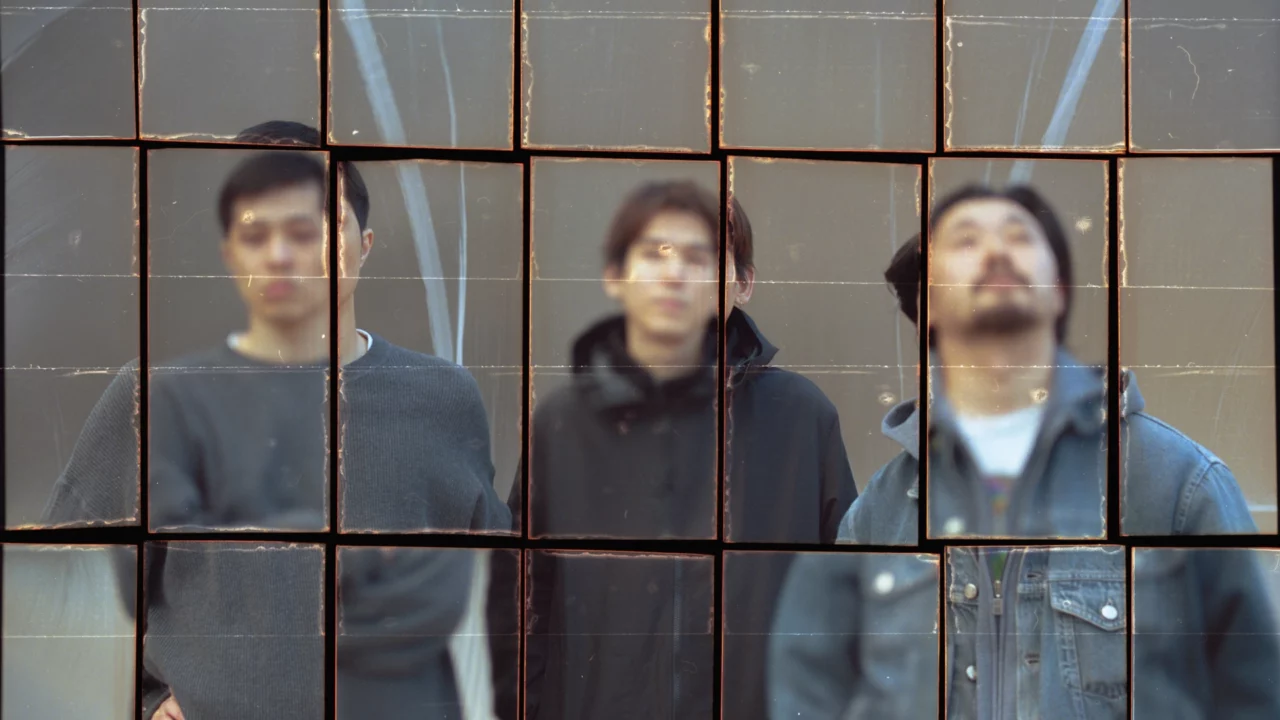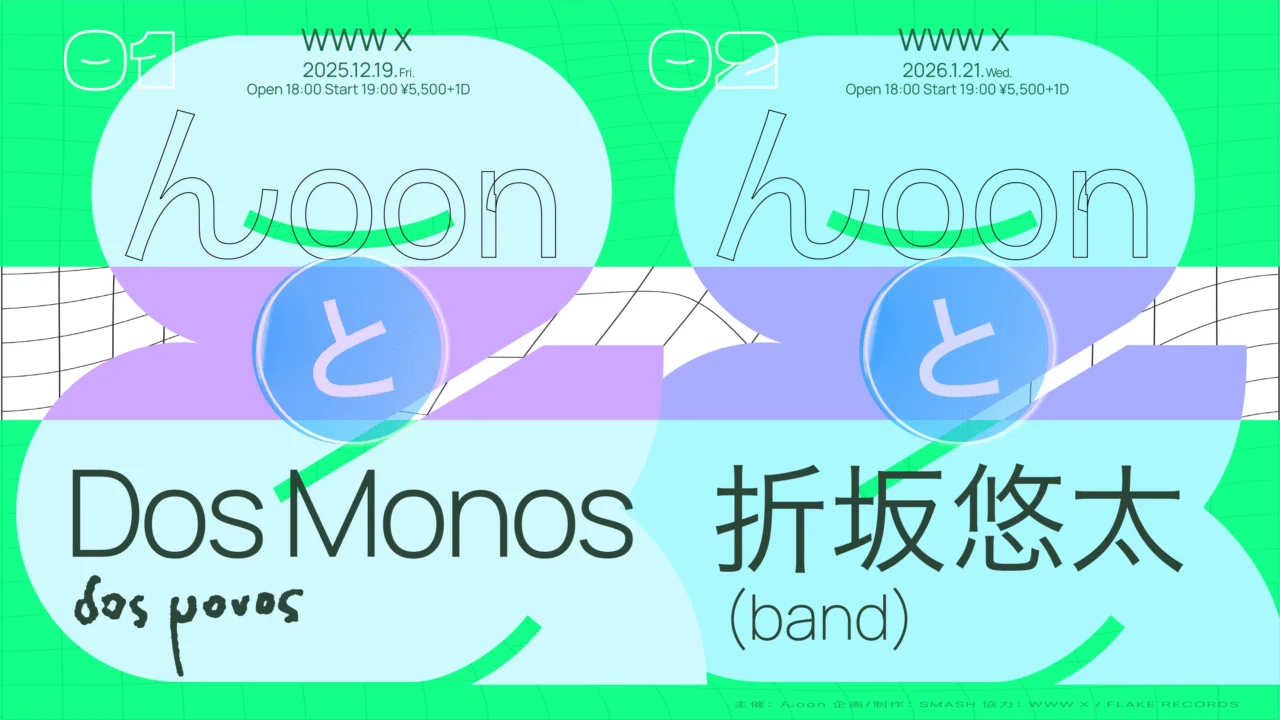INDEX
The Struggles Behind the 16mm Shoot With Just 2 Cameras in Action
That said, there must have still been a lot of challenges to overcome, right?
Ōne: Absolutely. 16mm film cameras just aren’t used much on sets anymore. Even if we could gather the cameras and operators, we also needed skilled assistants to handle the film changes.
I didn’t realize it myself until I saw it firsthand, but each camera needs a three-person team. It reminded me of Bunraku puppeteers—three people all working in sync around one camera.
Ōne: That’s right. Each roll only gives you about 11 minutes of footage, and when it runs out, you have to swap it immediately. But you can’t just switch it out casually—you have to cover it with a black cloth to avoid exposure, and loading the film into the magazine is practically a craft in itself. We had to bring in assistants who were trained in that kind of precision work. On top of that, we had to coordinate with a crew for cranes and dolly tracks—specialized equipment. In total, we had a 30-person team.
We also hunted down six operational 16mm cameras from all across Tokyo. After doing a thorough location scout, we were finally ready for the big day: December 5.
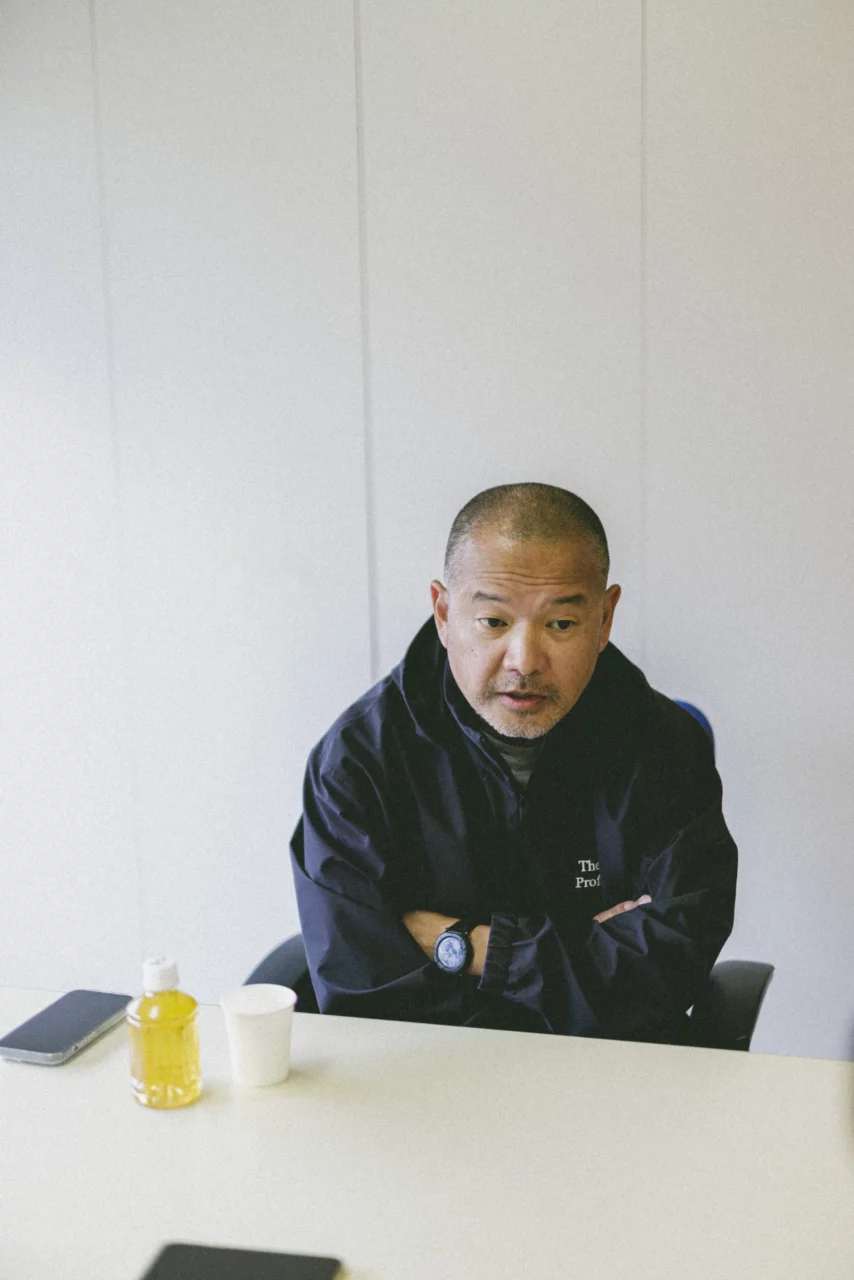
Was there anything you realized only after actually visiting New Hakuba?
Ōne: The stage was a bit darker than I expected—well, it is a cabaret after all. But with film, you need a certain level of light to shoot properly. So for the actual show, I brought along Hikaru Chikamatsu, who had worked as an assistant chief lighting technician on Elpis, to help add some side lighting. More than anything though, just seeing the space with my own eyes, I thought this place is seriously incredible. The idea of Shintaro Sakamoto performing here just got me even more excited.
During the show, you were up on the second floor, right?
Ōne: Yeah. I think it used to be part of the seating area, but it had been converted into something like a control room. That’s where I set up base, watching the monitors and giving directions to the camera operators via intercom. It’s the standard way to shoot live concerts. But with digital, the monitors give you a clean, high-res image. With 16mm, we had to use these old-school monitors called “bizicons,” and the footage looked like some grainy bootleg from the Showa era—just awful quality [laughs]. So the whole time I was watching these rough images during the performance, I couldn’t help but worry a little, “Are we really getting the shots we need?”
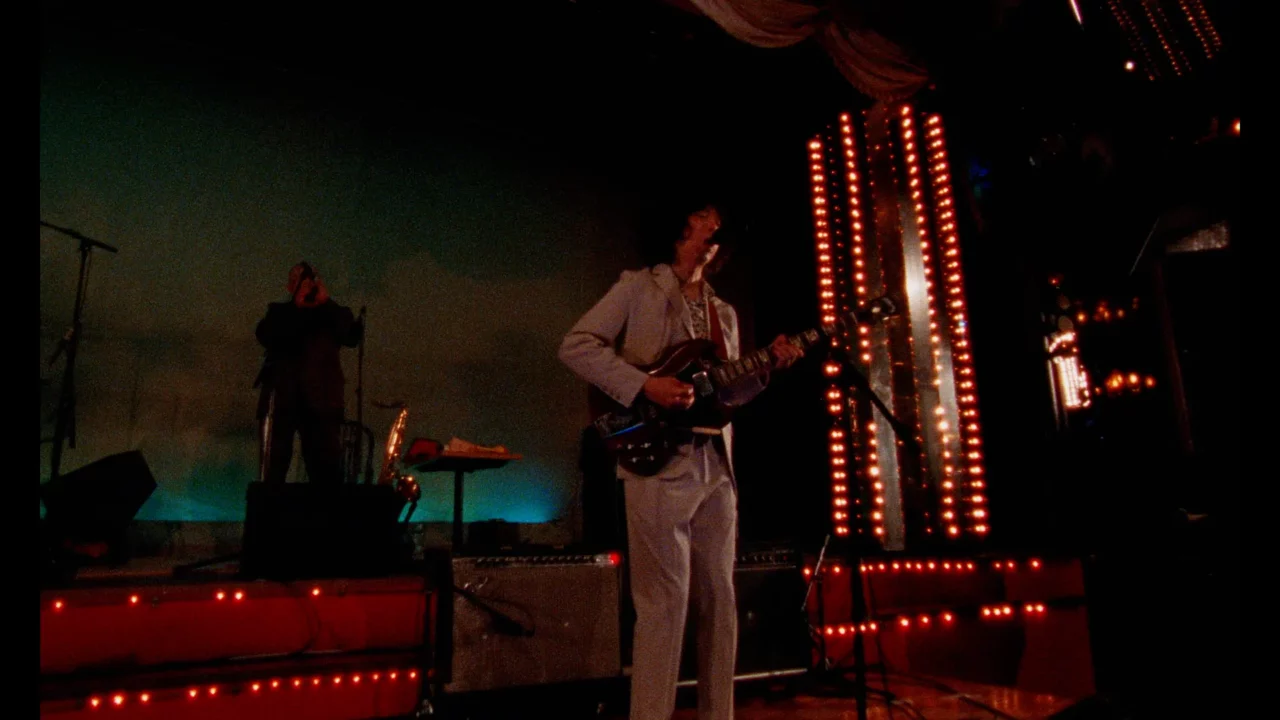
Were you also keeping track of the timing for film changes for each camera?
Ōne: I had all of Sakamoto’s songs memorized, so I could generally direct the flow and camera work for each track. Of course, if we’d rolled all the cameras at once from “Ready, action!” we’d end up with periods where none were running. So we staggered the start times intentionally.
There were actually moments in the middle where only two cameras were rolling. In those cases, I’d get on the intercom and tell the operators, “Only two cameras are on right now—do not miss this shot!” It added this extra layer of tension and thrill to the shoot.
These days, concert films tend to be packed with dozens of cameras and rapid-fire cuts. But at New Hakuba, you were working with just six cameras, and on top of that, having to stop every 11 minutes for film changes. So there are a lot of long takes in the final cut.
Ōne: Exactly. I think the limitations in equipment and setting actually worked in our favor. As I mentioned, we added just a touch of lighting, but it was barely noticeable to the audience. For the most part, we relied entirely on the lighting that was already installed at the cabaret.
Even the lighting operator we brought in was someone local who usually handles regional events. The control board didn’t even have faders, just these chunky on/off switches you slam down. When you hit one, it would change the background color or make the decorative light columns on both sides start spinning.
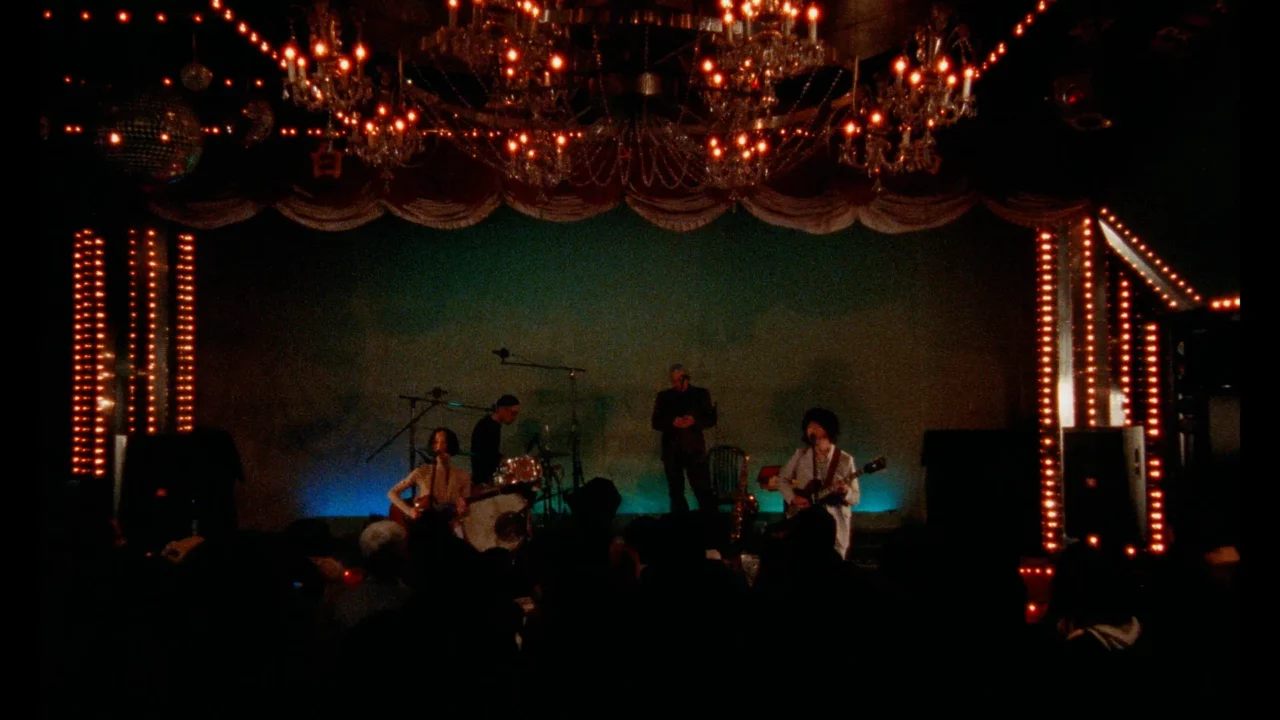
And those spinning columns were definitely a highlight! [laughs]
Ōne: They were incredible—and had this wonderfully improvised, handmade charm to them. [laughs] Of course, we had professionals working on the shoot, but the atmosphere was almost the opposite of polished. It felt like a true passion project, with all the energy of a DIY production.
Also, compared to Tokyo audiences, who tend to be intensely focused, like “Okay, I’m here to watch this seriously.” The crowd at New Hakuba was much more laid-back. People were chatting during the songs, heading to the bar mid-set to grab drinks… It was still during the later phase of the pandemic, but there was this loose, easygoing energy that just felt right. The band picked up on it too—you could feel the exchange between them and the audience. As we kept filming, I could tell we were capturing something real and vibrant. Even if the monitor image was grainy beyond belief. [laughs]




